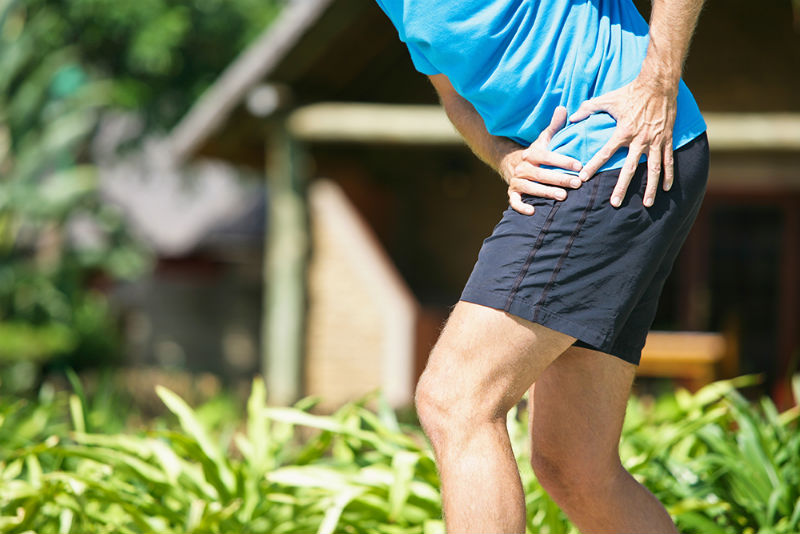
A sports hernia is a relatively rare sports injury, though it has grown in popularity in the past few years. It is not the same thing as an inguinal hernia, which is much more common and can be treated relatively easily by a general doctor.
Get the ULTIMATE Sports Hernia Master Guide with 30+ included resources, an in-depth rehabilitation program, tips, tricks, and more! Successfully diagnose, treat, and cure your sports hernia with this complete master guide created by a sports hernia specialist. Note that it is still highly recommended to read this article in full to understand how to get the most out of the guide to treat and cure your sports hernia or groin pain.
Instead, it is a posterior inguinal wall deficiency—this means there is a tear in the transversalis fascia: the fibrous tissue behind the inguinal canal.

Transversalis fascia is where the injury occurs (bottom right)
This tear can be caused by an acute injury. This includes a sharp or sudden twist or kick that led to a distinct “pop” or tear.
It can also develop as an overuse injury. In this case, the muscles of the hip and groin become tight and inhibited. As this happens, the muscles begin to develop unevenly.
Over a long enough time period, this stress on the tissues of the groin causes micro tears to begin developing.
The Double Sports Hernia: How It Develops
It is usually overuse that leads to a double sports hernia. In most cases where this happens, one side was injured first—causing the other side of the body to work hard to compensate. With enough time, this can cause the other side to get injured.
If you think you may suffer from this injury to both sides, it is important that you review the symptoms list for groin pain to make sure it isn’t a less serious injury.
If you find that you have a double sports hernia, the sports hernia treatment plan may work for you. Based on several published case studies, many people have found relief after following the guide.


If you reach week 6 and find that you still haven’t experienced any lasting relief, it may be time to review your options and consider surgery.
